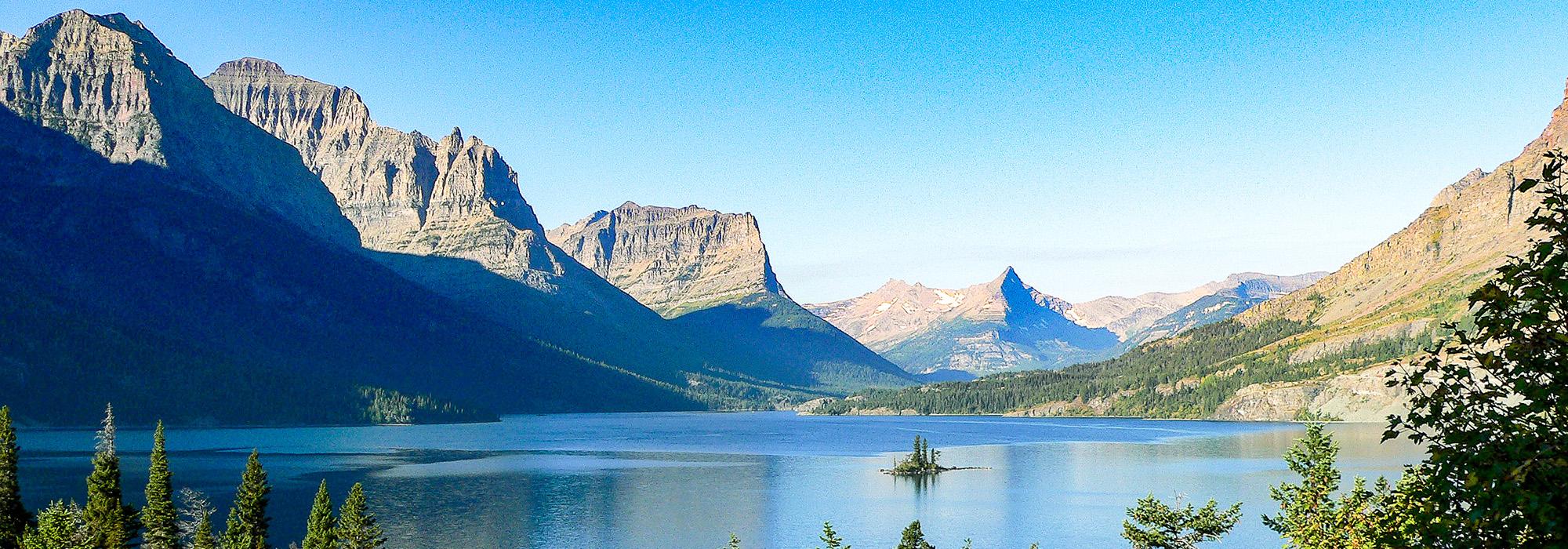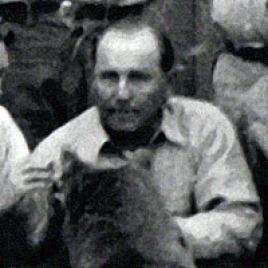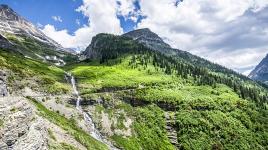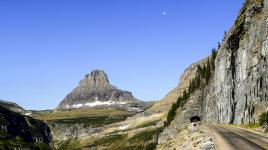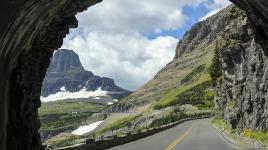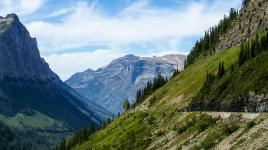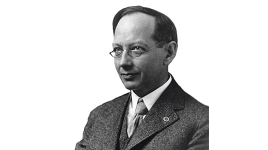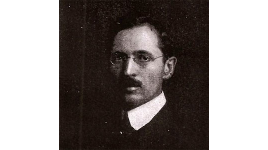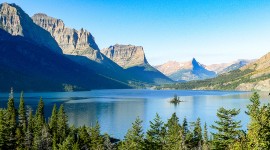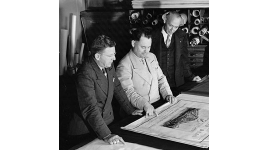Pioneer Information
Daniel Hull was a seminal figure in the creation of the National and California State Park systems, helping develop the Park Rustic style and shape the philosophy behind the practice of landscape architecture in America’s natural parks and wilderness.
Born in Lincoln, Kansas, Hull attended the University of Illinois at Urbana-Champaign, studying horticulture and working under Charles Mulford Robinson. In 1913, Hull entered the landscape architecture program at Harvard and was exposed to the teachings of Henry Vincent Hubbard, James Sturgis Pray, and Frederick Law Olmsted, Jr.
Hull became Chief Landscape Engineer at the National Park Service in 1921. In 1927 Hull and Olmsted supervised a state-wide survey identifying landscapes worthy of inclusion in the newly created California Parks System and, in 1934 he became the State of California State Park Landscape Engineer.
In his position overseeing development in the parks, Hull was committed to heightening the natural scenic values for which the parks had been established. His designs were responsive to the natural landscape and he utilized natural forms, local materials, sensitive siting and vegetative screening. In 1944 Hull developed a standardized set of plans for park facilities that extended the use of the Park Rustic Style in California parks into the 1950s.
Hull collaborated with architect Myron Hunt on his work for the National Park Service. Notable among his designs are the Administration Buildings at Sequoia, and the Lake Ranger Station at Yellowstone. With architect Gilbert Stanley Underwood, Hull’s designs included the Ahwahnee Hotel at Yosemite, and the Grand Canyon Lodge.



